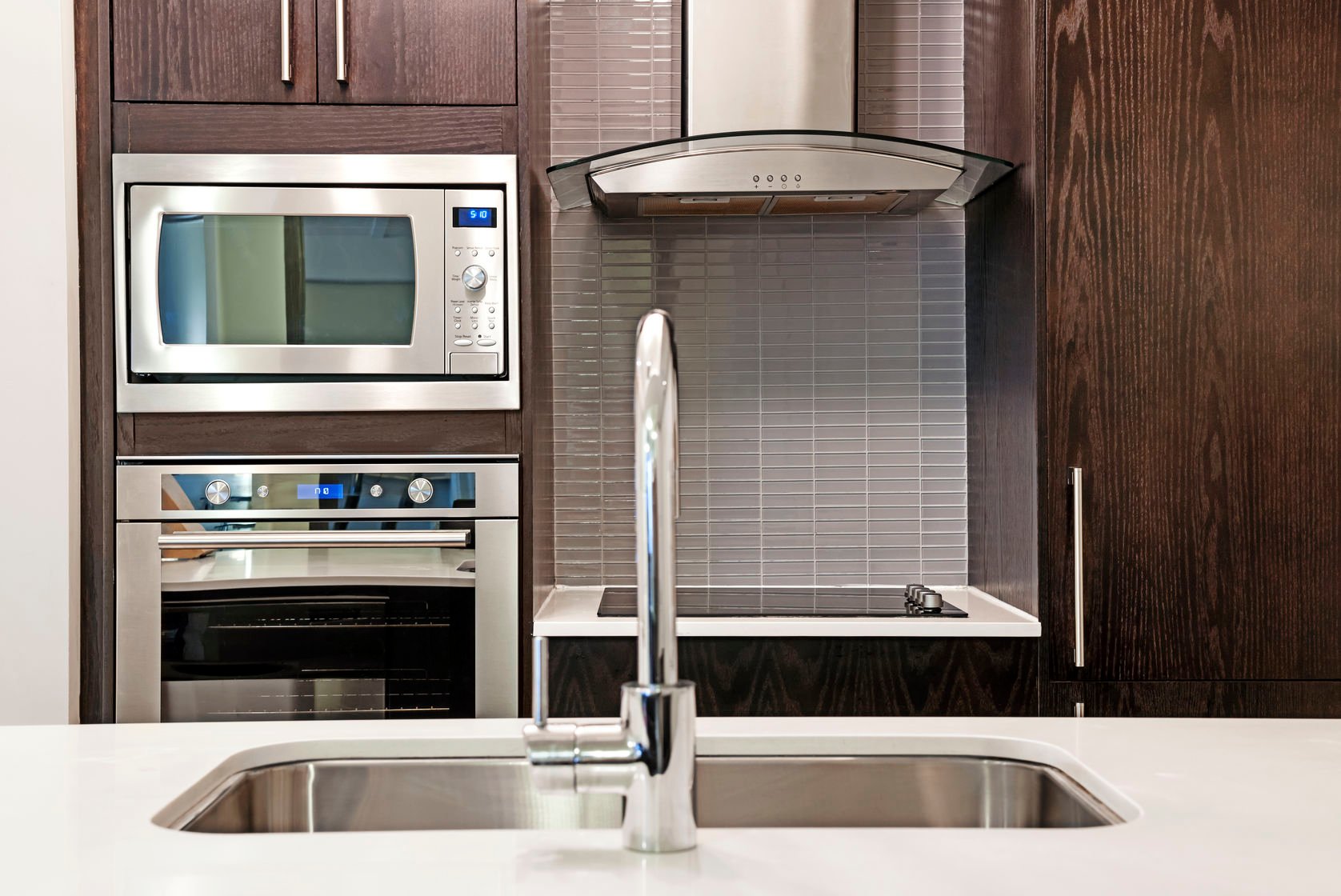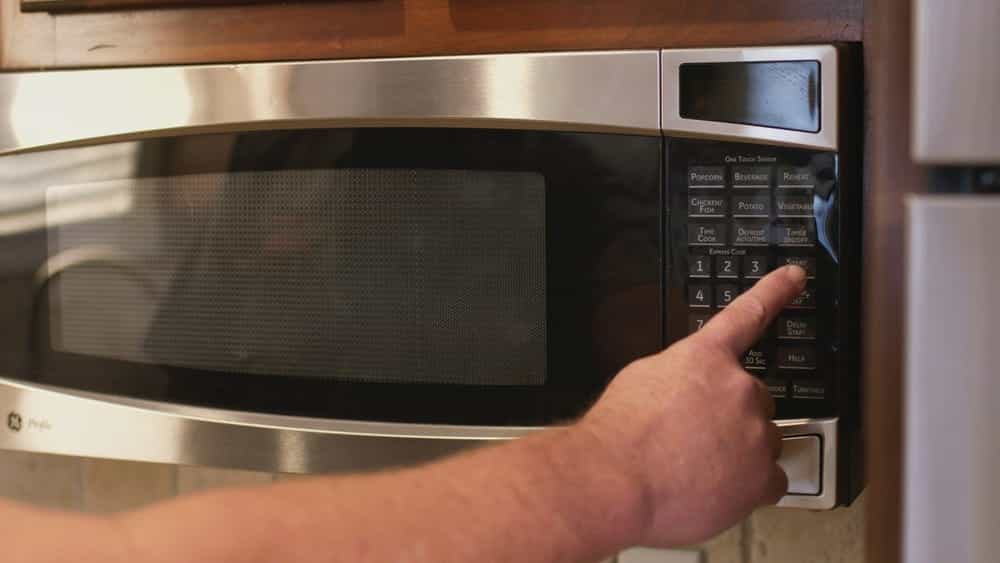Perhaps the most often used appliance in modern kitchens today is the microwave. From heating dinner in less than 60 seconds to defrosting meats, the microwave has made itself indispensable in most kitchens.
However, if you cook often or the square footage in your kitchen is restricted, counter space is probably at a premium. Whether you choose a built-in or countertop version, strategically locating your microwave can make your kitchen more functional, as well as more aesthetically pleasing.
Wondering where to put the microwave? Here are some ideas:
Above the Stove
Traditionally, microwaves have perched right above the stove. However, many homeowners are now using that prime real estate for the installation of large decorative vent hoods. But above the stovetop is still a great option for many people — the microwave remains easily accessible and provides venting functions as well as additional lighting for your cooktop. Just make sure you don't place it too far out of reach for any regular users in your household, such as younger children and elderly relatives.
A Drawer Microwave
If you love the convenience of a microwave but find the actual boxiness of it to be a bit unsightly, consider a drawer microwave. While drawer microwaves can cost quite a bit more than standard models, they are both discreet and sleek-looking.
On the Countertop
Countertop ovens are both very accessible and easy to relocate. Renovating around a countertop unit can be as easy as simply moving it from one end of the counter to another. Nevertheless, countertop models still must be vented, so be careful about pushing your microwave flush against the backsplash. As always, make sure to follow the manufacturer’s venting instructions carefully.




